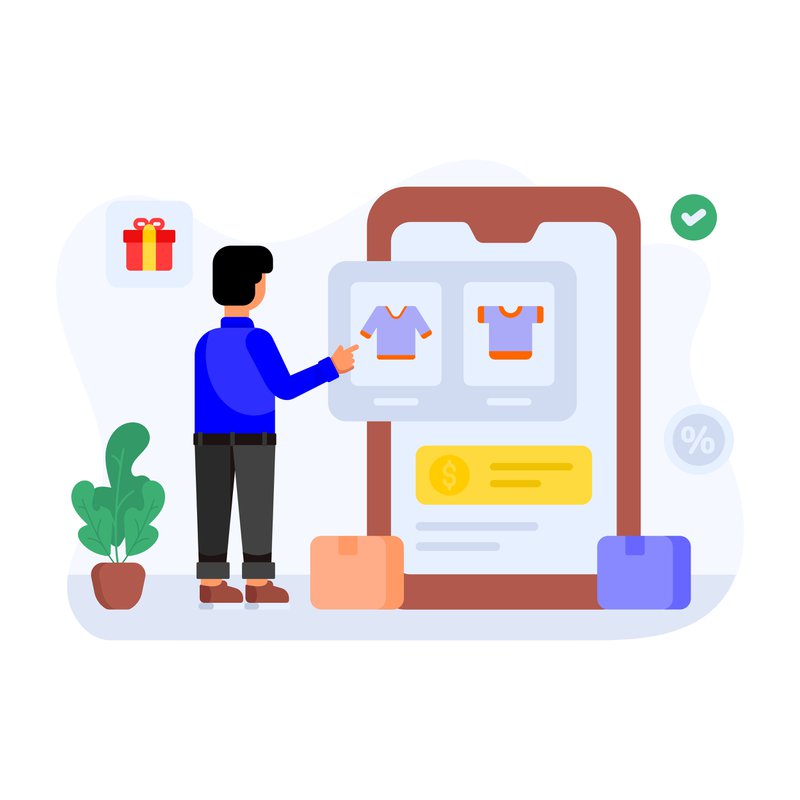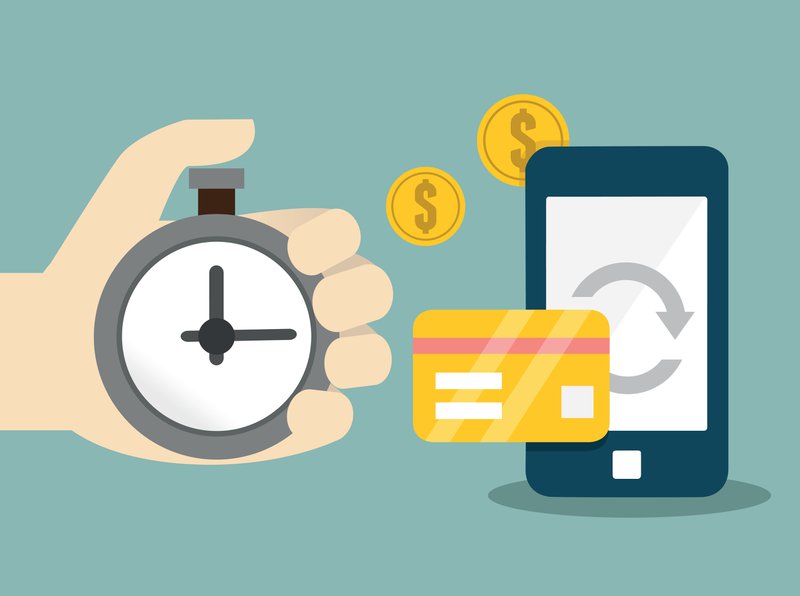The widespread adoption of smartphones and the introduction of mCommerce, or smart marketplace applications, from retailers such as Amazon and Walmart, has led to massive industry changes and is reshaping the way B2B buyers are interacting with online marketplaces today.
B2B customer behavior is changing and mCommerce is a major driver of this shift. An estimated 83% of the global population owns a smartphone and that number is only going to climb, so businesses need to plan accordingly.
By 2025, it is expected that more than 10% of retail sales will come from mCommerce, equating to approximately $535 billion in revenue! Today, 59% of B2B buyers say they do their research for purchases online instead of engaging with salespeople, and the standard B2B buyer’s decision-making process is mostly done before the customer has even attempted to reach out to a B2B provider.
The Importance of B2B Mobile Commerce in 2022:
Mobile commerce has been an emerging trend for the last few years and is growing at a record pace.
It’s even been estimated that mCommerce sales are growing 200% faster than regular eCommerce! But what exactly is mobile commerce? mCommerce is simply any transaction conducted through a phone or tablet. This is undoubtedly a boon for marketers because people are on their phones 24/7. They’re using them while standing in line at the store, at home on the couch, riding on the train, at doctor appointments. It’s become a permanent fixture.
Mobile commerce has changed how businesses think about sales too. A customer can tap their phone to pay in stores, order products through different apps and online marketplaces. They can start shopping on their phone and finish the transaction on their desktop. It has never been easier for people to find what they need and make purchases on the go.
B2B mobile commerce has proven its success with 40% of B2B revenue now being pushed by mobile commerce and 75% of B2B buyers saying they prefer to order on their own rather than through salespeople.
B2B marketers can take advantage of these industry changes by implementing email campaigns and push notifications to get their announcements in front of other businesses. Running a sale and want your B2B clients to know? Send out marketing emails and run ads on social media targeting your target market.

Why Is There a Push for B2B Mobile Commerce?
Half of today’s internet traffic now comes from mobile devices and businesses are beginning to see the immense potential this has for their marketing strategies and their overall business operations.
Currently, email marketing is the most common strategy B2B marketers are implementing to push their online sales and 59% of B2B organizations say a third of their customers are transacting online now. B2B mCommerce has huge room to grow because there are many more marketing outlets that can be capitalized on by businesses. This is largely due to the success of B2C mCommerce.
Among the notable B2C aspects that B2B marketers have successfully incorporated into their mCommerce strategies include:
- High-quality product images
- Product ratings and reviews
- Real-time product stock
- Onsite search
- Order history and purchase trends
- Multiple fulfillment options
- Answers to frequently asked questions
B2C buyers and B2B buyers are incredibly similar and look for the same things on sites they transact with.
Buyers today are accustomed to finding the products they need, when they need them, and want an easy checkout process with multiple fulfillment options. Bringing that process to mobile has been essential because it allows buyers access to the services they need to transact business, from anywhere.
Demand for Smoother, More Streamlined mCommerce CX
The mobile user interface (MUI) has also reshaped the way buyers are transacting online.
The implementation of “always selling” aspects inside the MUI has drastically increased revenue for online retailers and has streamlined the purchase process for customers. Online marketplaces have added sections to their sites such as suggested items, often bought together bundles, abandoned cart reminders, and more.
Buyers may find themselves looking for same-day or next-day shipping options when transacting with B2B sellers too. All of these features are meant to streamline the buying process. For mobile shoppers, it makes the user experience more engaging.
Thanks to mCommerce, businesses are now able to process and accept payments faster than ever. B2B customers can checkout using Paypal, Stripe, and many other online payment processors that keep their financial data secure.

The mCommerce Impact on Buyers and Sellers
People are glued to their phones and this reality opens up a tsunami of opportunities for marketers.
For those that get it right, mCommerce can have a huge impact on their business. A streamlined online marketplace does just as much for sellers as it does for buyers. Onsite searches, high-quality images, reviews, and more, combine to bring the customer tons of value and can answer the questions they have without ever interacting with a salesperson.
The growth of mobile devices has made it more convenient than ever to make purchases round the clock and buyers are finding solutions for their needs faster than ever. Now, when people encounter problems and need to find a solution, all they have to do is pull out their phones and search for an answer.
By honing your mCommerce strategy, you can solve your clients' problems before they’ve even experienced them, and when they do, you’ll be their go-to brand, every time.
Stay on the Top With mCommerce Trends
Developing a mCommerce experience that works for the customer is going to be huge for B2B organizations over the next few years. By streamlining your online store to solve problems your clients have, you offer them value that keeps them coming back.
Book a demo with us at Zobrist today to learn how you can stay ahead of the pack.




